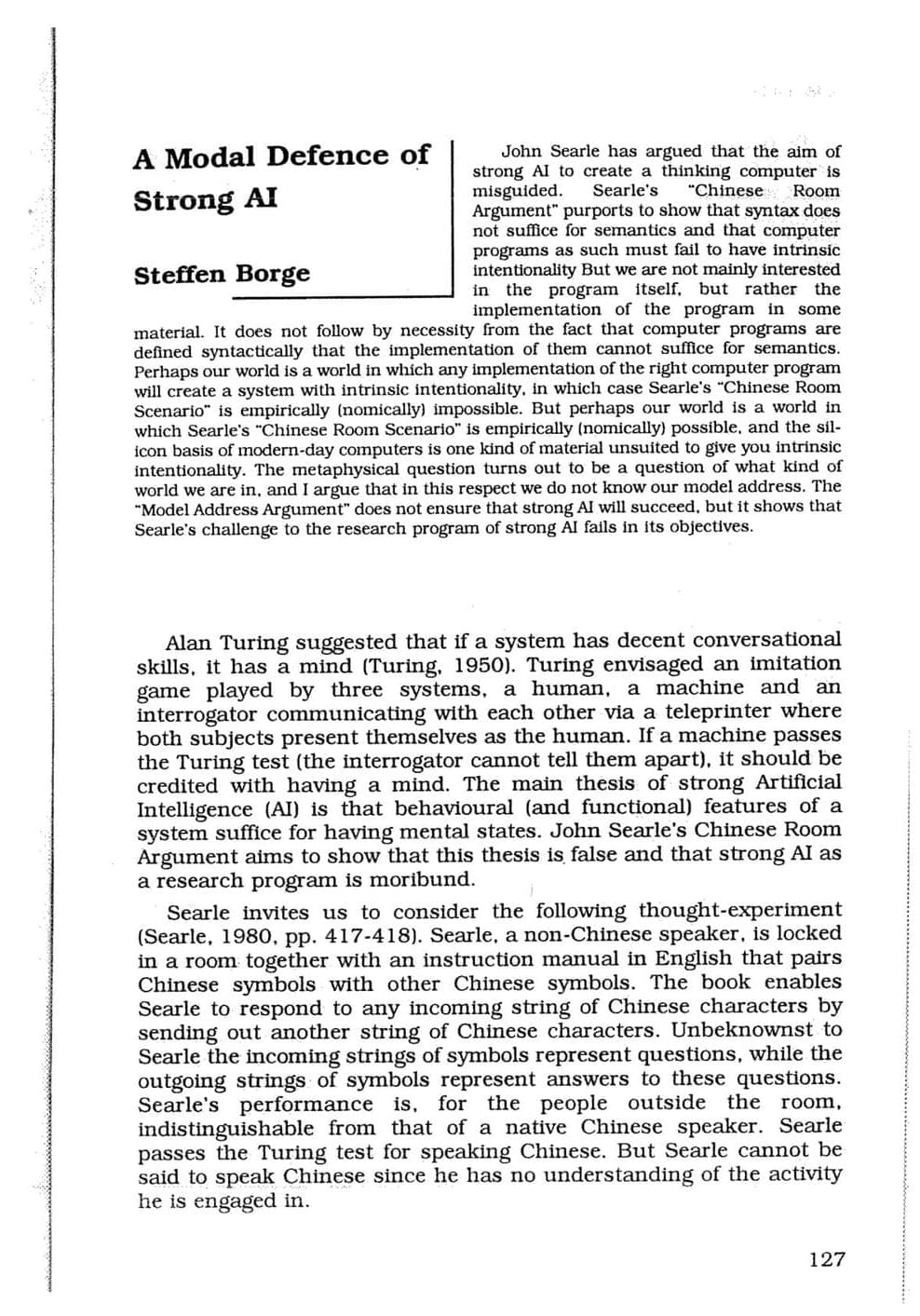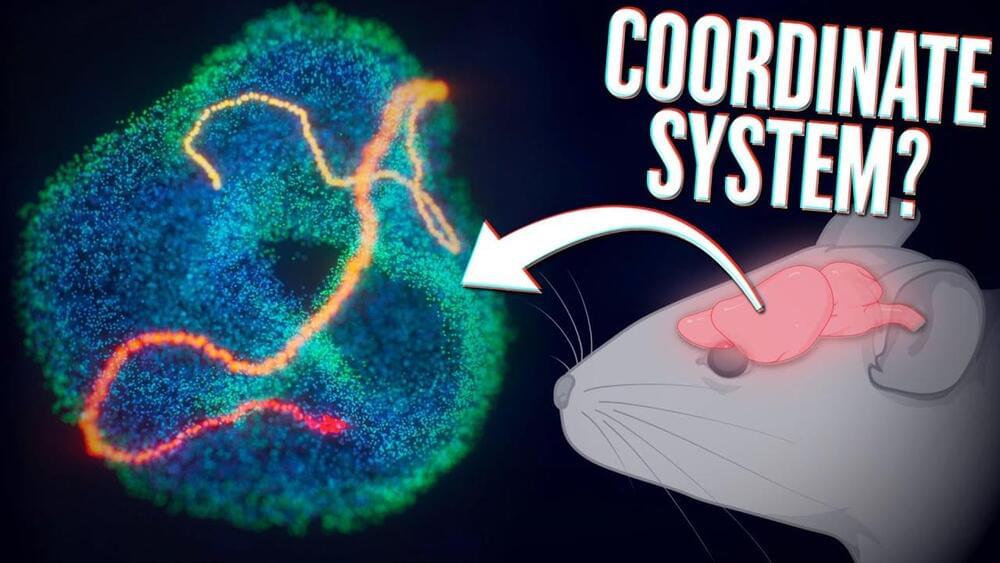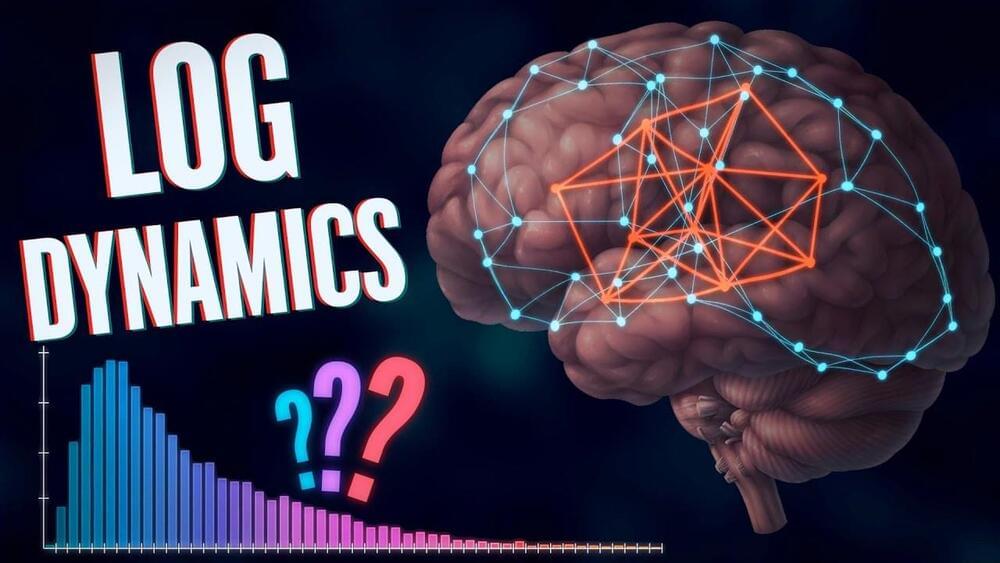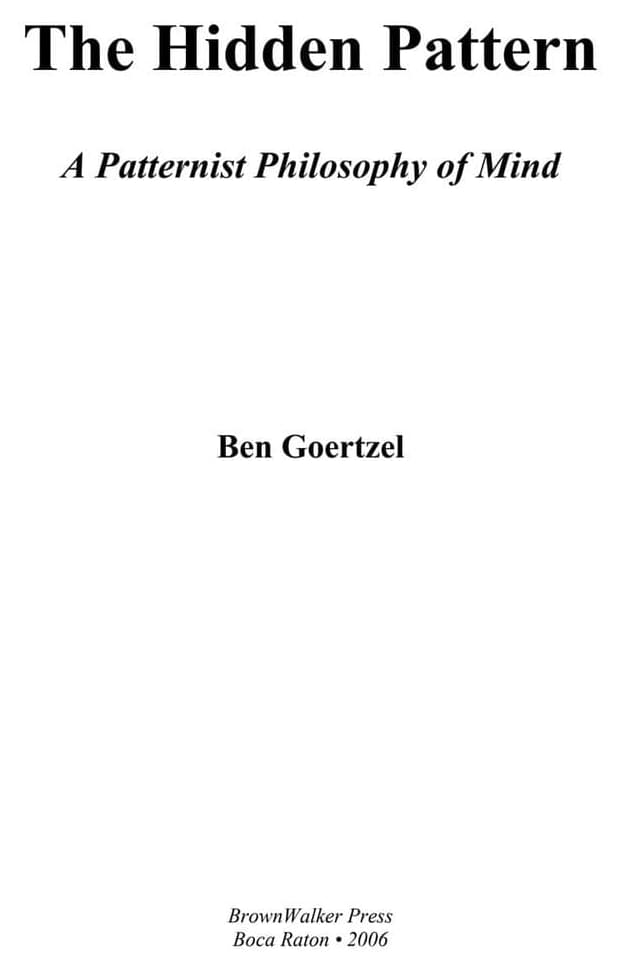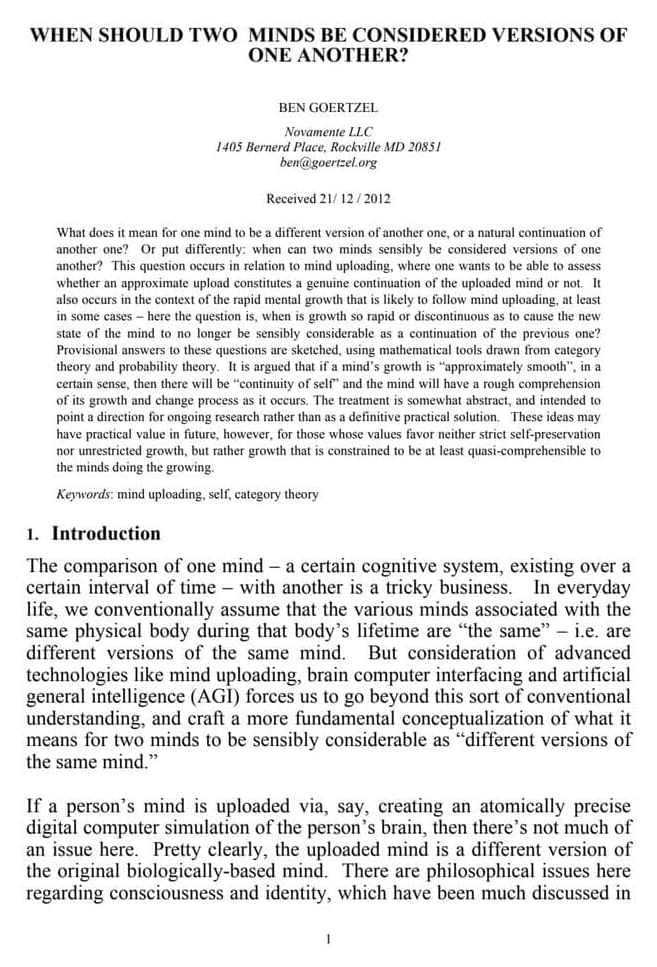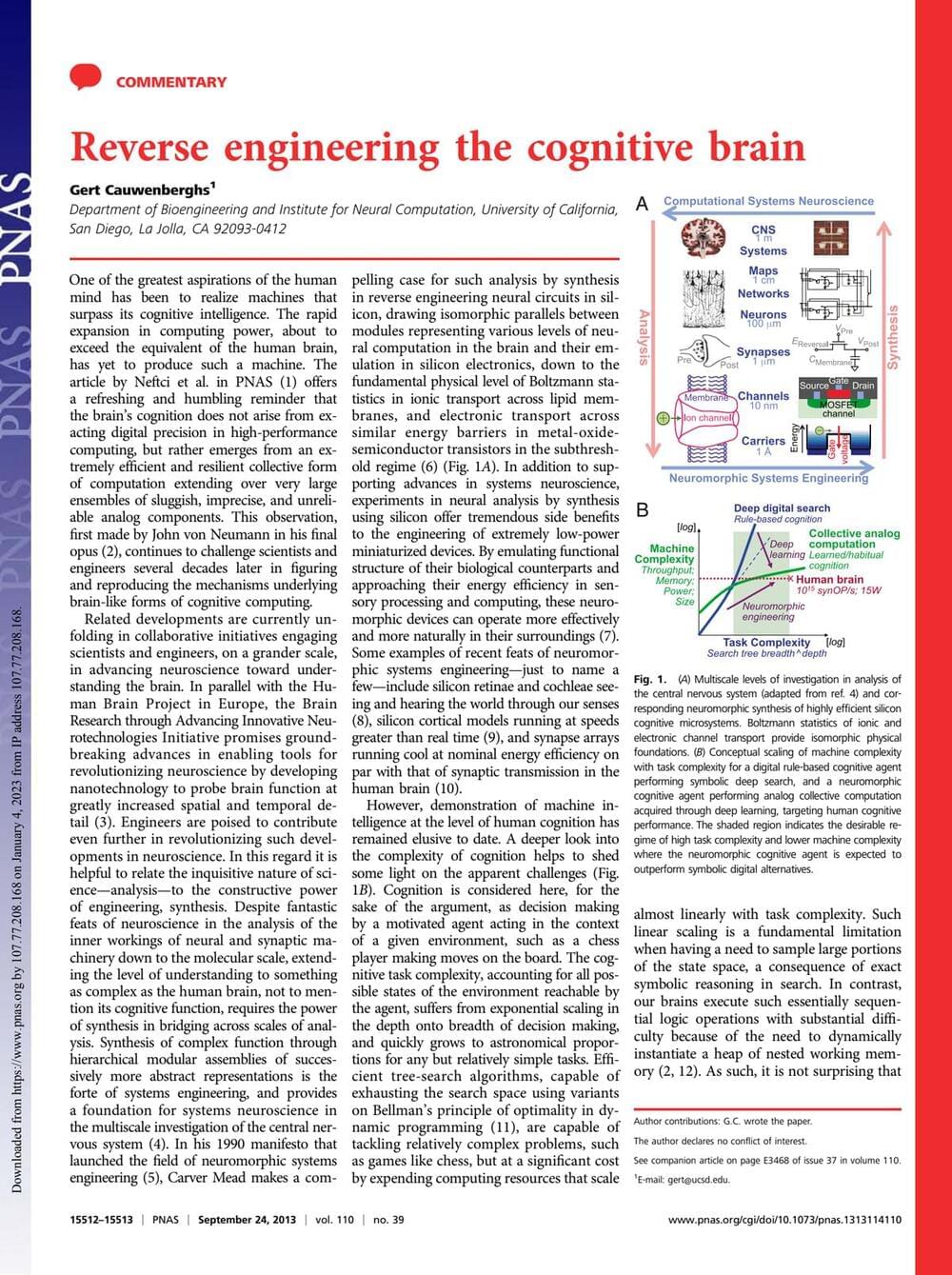
In patients with multi-vessel heart disease who have had a heart attack, immediate treatment with stents in all diseased arteries was found to be as safe and effective at one year of follow-up as staged treatment, according to findings from the first large, randomized trial to address this question that is being presented at the American College of Cardiology’s Annual Scientific Session Together With the World Congress of Cardiology. In staged treatment, the blocked artery that caused the heart attack is treated with a stent immediately and other partially blocked arteries are treated in a second procedure up to six weeks later. This study was simultaneously published online in The Lancet at the time of presentation.
About half of patients who have a heart attack have multi-vessel heart disease—this means that in addition to having one completely blocked coronary artery that caused their heart attack, they have additional narrowed coronary arteries that are at risk of becoming blocked or unstable, leading to another heart attack. Clinicians refer to the blocked artery that causes a heart attack as the “culprit lesion” and to the other at-risk arteries as “non-culprit lesions.”
“The purpose of the international, randomized BIOVASC trial was to compare outcomes for immediate and staged complete revascularization for patients with multi-vessel heart disease who have suffered a heart attack. The goal was not to determine which approach was superior but rather to establish whether immediate complete vascularization was ‘not inferior’ to the staged approach, which needed to be answered first,” said Roberto Diletti, MD, Ph.D., an interventional cardiologist at Erasmus Medical Center in Rotterdam, Netherlands, and lead author of the study.

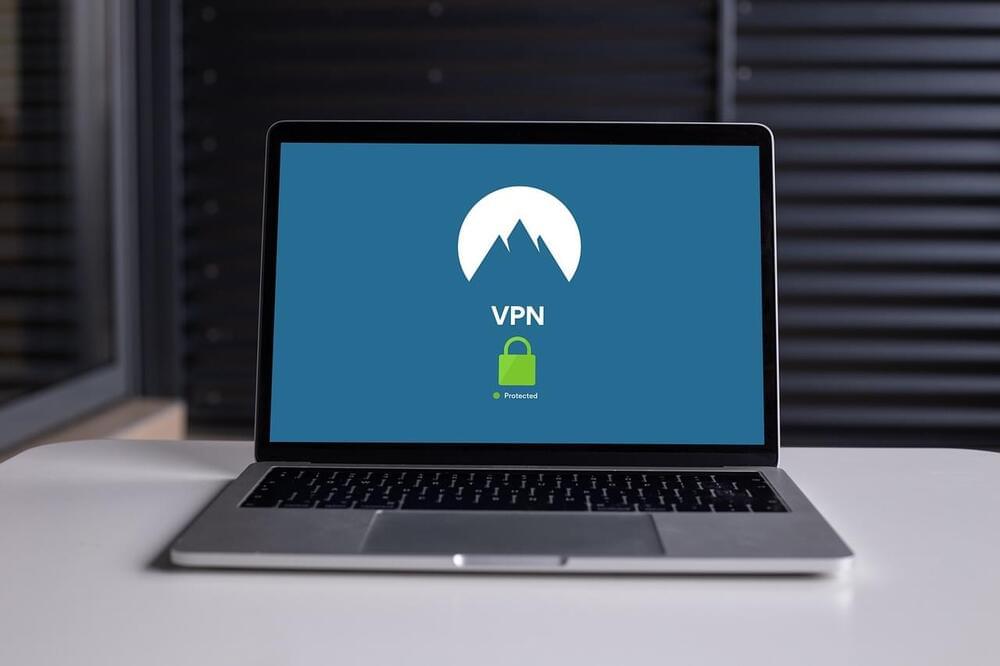
 עברית (Hebrew)
עברית (Hebrew)
